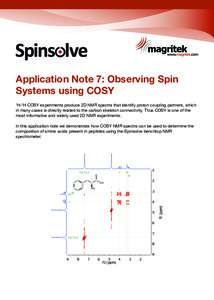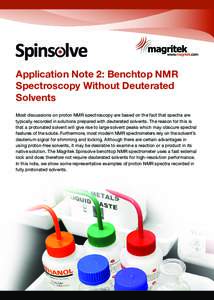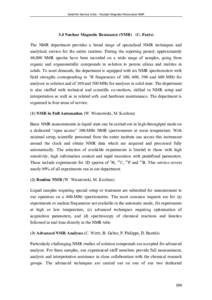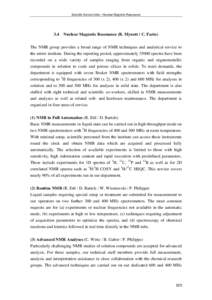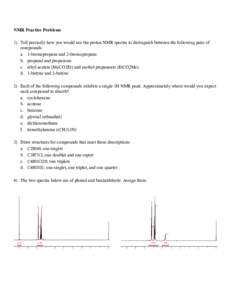<--- Back to Details
| First Page | Document Content | |
|---|---|---|
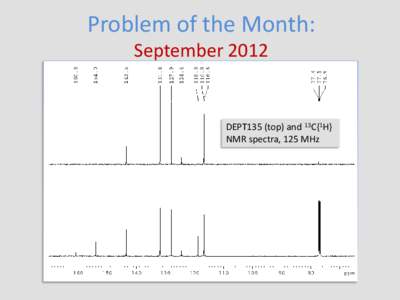 Date: 2012-09-14 11:12:13Physics Scientific method Nuclear magnetic resonance spectroscopy Two-dimensional nuclear magnetic resonance spectroscopy Heteronuclear single-quantum correlation spectroscopy Proton NMR 1H Chemical shift Nuclear magnetic resonance Spectroscopy Chemistry |
Add to Reading List |
 Problem of the Month: September 2012 DEPT135 (top) and 13C{1H} NMR spectra, 125 MHz
Problem of the Month: September 2012 DEPT135 (top) and 13C{1H} NMR spectra, 125 MHz